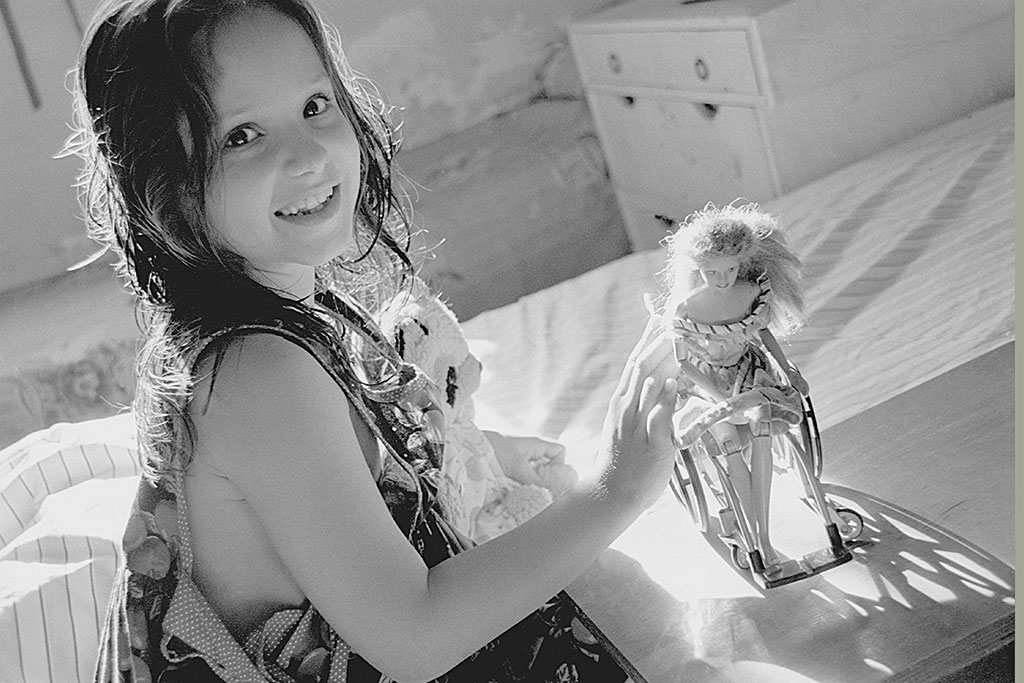Errol Daniels

Galería fotográfica sobre Cuba del fotógrafo Errol Daniels. Primera parte
Página web del autor: Errol Daniels
“Cuba: A Jewish Journey”
S T A T E M E N T
The airport is modern, but leave it and within minutes it’s 1959. You’ll think you’ve entered a time warp, but you are in Cuba, a country of scenic beauty, stunning architecture, and the most warm-hearted people anywhere. Much has not changed since the 1950’s: Road conditions, infrastructure, Spanish-Colonial architecture, some of the cars. But changes are happening, and sometimes quickly. Tourism has made up for some of the loss of funds that came from the Soviet Union until the early 1990’s.
I traveled to Cuba for the first time in March, 2000, to participate in a workshop with Cuban and American photographers, the first of its kind. We were provided with a list of subjects from which to choose, and when I saw “Jews” on the list, I could not believe my eyes. Jews in Cuba? I had no idea. Within a few days, I realized that my “Jewish awareness” was limited. Nine more trips in three years completed my education.
The first Jew to arrive in Cuba was Luis DeTorres, who came as member of Christopher Columbus’ crew. The largest group of settlers were North American Jews who emigrated during the Spanish-American War. A synagogue and cemetery were founded in 1910. Because of anti-Semitism, Nazi persecution, and political upheaval, many European Jews emigrated to Cuba between WWI and WWII. By 1945, the Jewish population in Cuba was 25,000.
After WWII, many Jews returned to Europe or emigrated to the USA. By 1959, there were 15,000 Jews in Cuba. Today, there are 1500.
At first, I was a bit skeptical of the warmth and openness of the Cubans, but I quickly learned that it’s for real, it’s the culture, it’s the way Cubans are. They really are warm, welcoming, and open. I’ve traveled in other parts of the world, including Europe and the Mideast, where I found some friendly people. But Cubans are different. Unfriendliness is rare.
For a photographer, Cuba is like a huge candy store. I received permission from almost every Cuban I asked to be photographed. They were excited to receive a Polaroid of themselves, and they asked for nothing else, not a dime.
We Americans have a strong commonality with the Cuban people. I was amazed to find not a trace of the USSR in Cuba, except one. They were there for 30 years, and there are no signs in Russian, only Spanish and English. No Russian music is heard anywhere, just Cuban and American, even American jazz. There is Coca Cola, but no Russian restaurants. They did leave the Ladas, the cars that are now falling apart.
So what are we doing? We have supported dictators all over the world that have pillaged their countries and murdered their people. How can we morally ignore the plight of the Cubans, Jews and non-Jews just 90 miles away, people who are more like us than most of our “friends” elsewhere in the world? Jews are commanded to heal the world, and to fight for social justice. Cuba should be included.
The subjects of these photographs are like us, with values like ours: Family, education,
religious values, music, food, and fun. I hope my photography helps in some way to persuade our leaders to unblock the barriers separating Americans and Cubans, Jews and non-Jews.
Errol Daniels
Errol Daniels Photographer
Errol Daniels began his love affair with photography in the ‘60s while active in the Civil Rights Movement in Chicago. He found himself particularly drawn to social documentary photography until he lost the use of his hands in ‘80s and stopped shooting. In the early ‘90s, Errol’s love for the camera was rekindled as he adapted to his disability with help from physical and occupational therapists.
During the ‘90s, Errol studied with photographers Amy Arbus, John Goodman, John Lueders-Booth, and printer Chuck Kelton. Errol is drawn to photographing people, especially those who are disadvantaged, whether it be politically, socially, physically, or mentally. His goal is to show that these are people with dignity.
Errol’s major work has been accomplished in Cuba, where he recently completed the work for his book, “Cuba: A Jewish Journey”, which accompanies a traveling exhibit of images of Jewish life in Cuba.
Errol’s work also includes a project for People Incorporated, an agency servicing 5000 adults with developmental disabilities living in western New York State. He documented the everyday lives of several clients, and produced an exhibit and monograph titled “The People Next Door”. He photographs for Roswell Park Cancer Institute, creating pictures of cancer patients, their families and caretakers as they cope and heal. “A Community Response to Aging” is an ongoing project for Weinberg Campus, a multi-disciplinary facility for the aging.
Errol’s photographs can be found in the collection of the George Eastman House in Rochester, New York, as well as in private collections.
- Visto: 2997